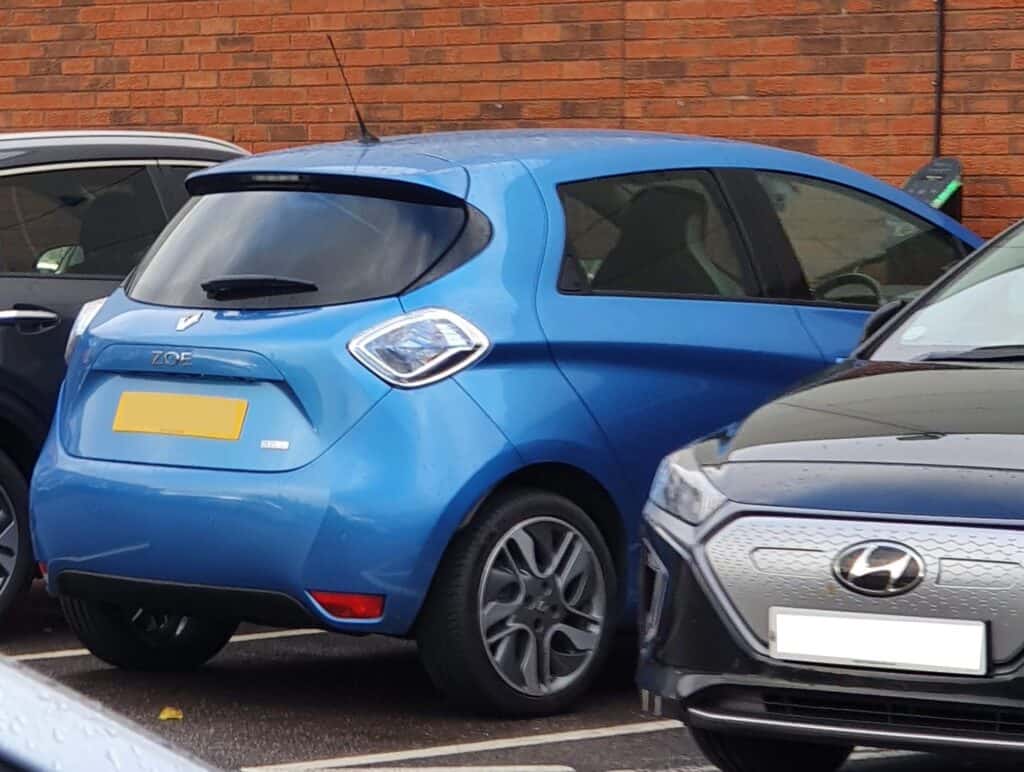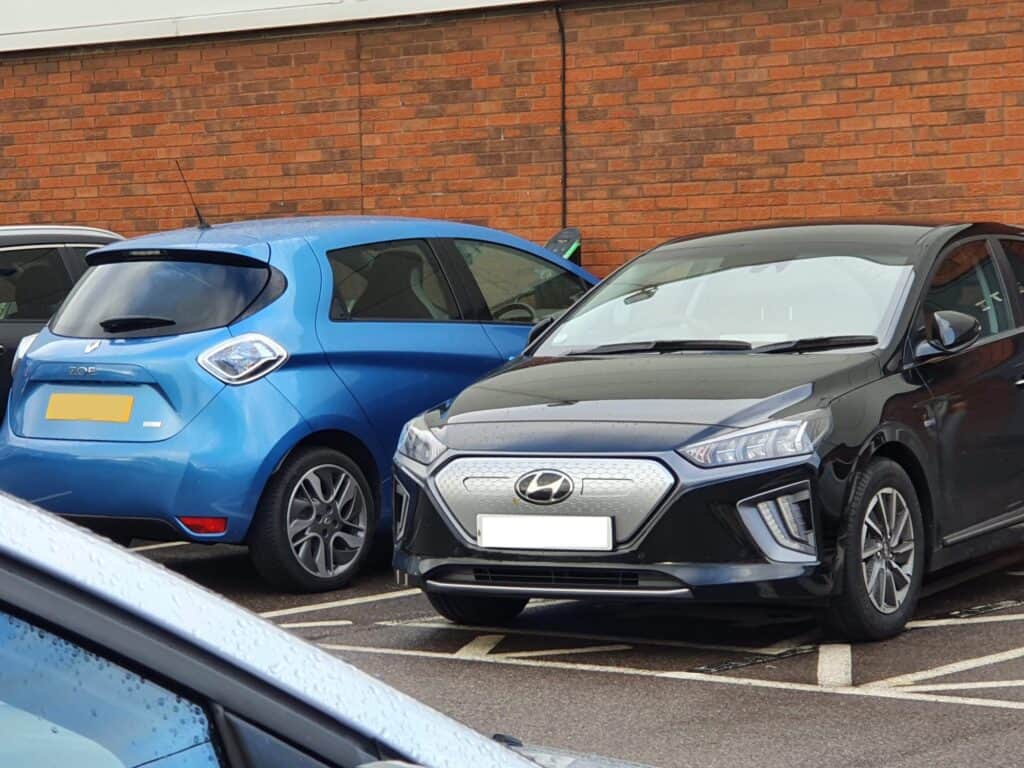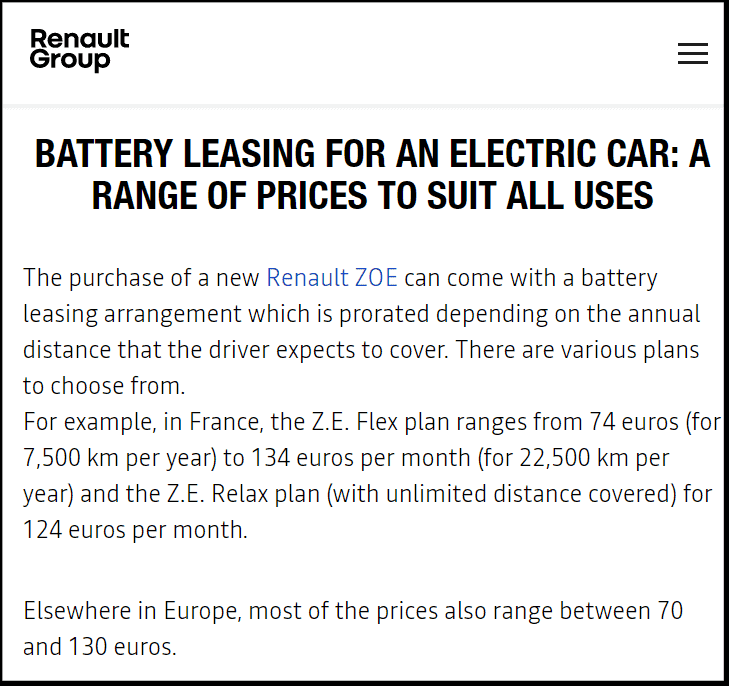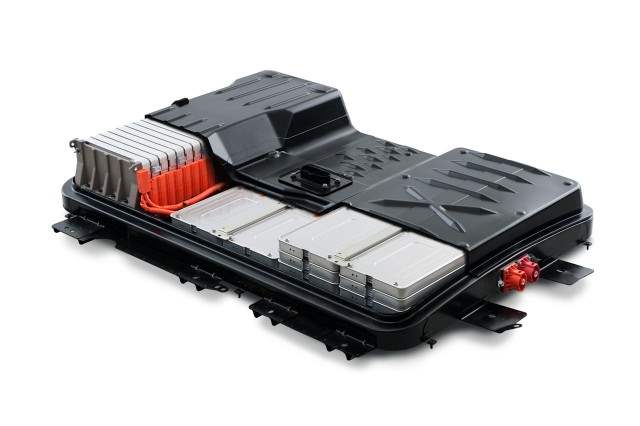The Renault Zoe has been one of the most popular small EVs in the world. In Europe, it’s the number 1 most sold electric passenger car with more than 84,000 units sold since January 2020. As of December 2020, global sales since its first release back in 2012 reached 285,000 units, especially after bumper figures in 2020 in which it became a top seller in the German market, with 21,000 more sold there in 2020 than in 2019.
There are many things that people worry about when buying an electric car. First of all, they are concerned about things like where they’ll charge it, how long the charge will take, what the total range will be, and so on.
Another area they are worried about is the battery health. Renault came up with a rather interesting solution to this in the form of their battery leasing scheme, but after years of making this offering to their customers, they have made big changes for 2021.
In today’s blog, we’ll be looking at how this scheme worked originally, the changes that have been made to it and what implications they have on older models.
What is the Renault Zoe Battery Lease Model?

French auto giant Renault, as well as Japanese giant Nissan, are both known to operate battery lease models. In Europe, the Renault Zoe battery lease was the best known and also the most popular choice. In essence, the Renault Zoe battery lease was about separating the cost of the Renault Zoe EV battery and the rest of the car. The battery is by far the single most expensive individual component, and also the most important. It is to an EV what an engine is to a gasoline model.
For many years, sales of EVs around the world has been held back somewhat by the currently high costs of purchasing them. Governments around the world have introduced measures to try and stimulate their purchase such as federal subsidies in the US up to $7500, grants in the UK worth up to £3,500 ($4,841) and so on.
These subsidies tried to make the price cheaper by removing some of the cost for the consumer. They have seen some success in terms of sales, but the danger of subsidies, of course, is that they will also keep EV prices artificially high as OEMs may be reluctant to lower their prices as long as there are subsidies to cover some of the cost.
So, Renault’s battery lease scheme was a way to further reduce the initial cost by offering the battery under a lease agreement for which lessees pay a monthly fee, while the rest of the car they buy outright. The difference in price is quite remarkable, and in 2019 when you factored in the battery lease arrangement and the government grant, the price in the UK, for instance, was reduced to just £18,670.
We should stress here, however, that this is merely a reduction in the initial cost of purchasing the Renault Zoe. If you opted for the battery lease, then you had to pay further monthly payments on top of your finance/loan payments if you were purchasing the car with an auto loan, as many still do. We’ll cover more on pricing further below.
So, many Renault Zoe drivers in the UK and across mainland Europe make up to 2 monthly payments for their car:
- The first is for the financing of the car itself, so an auto loan, or hire-purchase or personal contract purchase (lease-style agreement), unless they happened to have paid the balance for their car in cash.
- The second payment they make is for the battery lease, which is tied to an annual mileage limit in the same way that many car leases are.
If a lessee signs up to pay a monthly rate of £79 ($109.25) that covers 7,500 miles of annual mileage (which is about average in the UK), then it means the cost of the battery lease covers the lessee entirely for that number of miles each year.
On top of that, Renault is responsible for fixing battery defects, and even replacing the battery if something goes seriously wrong with it.
Just as with a regular car lease, if you exceed the annual mileage limit, you have to pay a per-mile surcharge. The other implication of this whole scheme, of course, is that you didn’t own the entirety of your Renault EV. As a leased component, the battery was still legally the property of Renault.
Advantages of the Battery Lease Scheme

So what were the main advantages of the battery lease scheme? These will help to answer the next important question which is why it was introduced in the first place.
The first most obvious benefit is cost savings at the point of sale. Leasing the battery obviously doesn’t make it cheaper overall, but it does at the point where you’re acquiring the car and then driving it off the lot. Getting the car at a much cheaper initial price and taking another big chunk of it to spread out over time helps to relieve buyers of the financial burden, especially to those who didn’t cover large mileages in their car each year.
If you’ve saved £5,000 on your initial cost, and opt for a basic rate of £49 per month, which is what many of the battery leases started at in the UK (4,500 mile annual limit), then it would take at least 100 months (8.33 years) of lease payments to get back to the level that those who purchased the car outright had paid. During that time, you receive other benefits, too.
More important perhaps to many drivers was not the financial ease, but actually the reassurances that they got from leasing the battery rather than owning it outright. One such reassurance was a replacement for the battery if it even lost capacity. You might wonder why one needed this when the warranty is now 8 years or 100,000 miles, but there is a little more to that story, which we’ll cover in the next section. The lease agreements typically also add in breakdown cover, which is another layer of peace of mind for the consumer.
Why was it Introduced?

The main reason for introducing the battery lease scheme was to guarantee battery life for long enough that people would be reassured that their Renault Zoe would be protected should it lose battery capacity, and also to ensure that governments would give out their rebates.
In the UK, for instance, the issuing of grants for the purchase of electric vehicles was contingent on the batteries being guaranteed for 5 years. The initial warranty on the Renault Zoe delivered a 5-year warranty, but the lease was an added bonus for consumers. The warranty protected them for 5 years and assured them that battery capacity wouldn’t drop below 70 percent. If it did, then under the terms of the lease and warranty, Renault would replace it.
The lease scheme, therefore, was put in place to promote sales, reassure consumers and satisfy government requirements where their subsidies were concerned. The sales record of the Renault Zoe over other models in Europe has certainly shown evidence that the system has been successful.
The battery lease was also preferable to warranty conditions for many since as long as you were paying the lease fee, then in theory the protection was there since you didn’t ever own that battery. In that sense, it was like an infinite warranty.
How Is it Priced? Example: UK
In the UK where the scheme was very well received, customers pay a fee based on annual mileage, ranging from £49 per month for less than 4,500 miles annually, up to £109 for up to 10,500 miles annually.
If you bought the larger 40kWh battery model, then you would pay from £59 for 4,500 miles up to £110 for unlimited mileage.
What Changes Have Renault Made in 2021? Why?
In previous sections, we have explained in some detail how the system has been working, but next we want to turn and look at the changes for 2021. Although some people may worry the changes are quite complex, they are actually rather simple. We’ll summarize the key points below.
1. Renault is Dropping the Leasing Scheme on New Renault Zoe Vehicles
First things first, the scheme has been officially dropped. The process of dropping the scheme actually began in the UK back in late 2019, but has since been rolled out to more countries including France, Portugal and Spain. In November 2020, the scheme was also dropped in Germany, which has become the biggest market for the Renault Zoe outside of France with cumulative sales totaling 57,603 units.
The reasons for dropping the scheme, according to Renault, were firstly that the new generation Zoe vehicles have a much better residual value compared to previous model years.
Right now, the Zoe has a predicted residual value of 42 percent after 3 years and 36,000 miles. The second factor is that the pricing element no longer holds water as it once did. Where there were huge benefits to buying with a lease before, the gap has narrowed and now it works out much closer in overall value, and so Renault believes that the lease option for the battery is no longer necessary to attract customers.
In the UK, for instance, the Renault Zoe now costs just £25,670 after the plug-in car grant is factored in. That’s £2,325 less than the Nissan Leaf. A spokesperson from Renault explained:
“One of the main reasons that the battery lease option was initially introduced was to lower the initial purchase price of a Renault EV to be as close as possible to that of an equivalent diesel vehicle. The recent improvements to the [residual value] on the new Zoe in the UK mean that this financial gap has now been reduced and we are able to offer a simplified choice to consumers.”
– Renault spokesperson, 2021
2. Existing Leaseholders Can Continue or Buy Out their Leases

Options are already in place for existing lessees to buy out their leases, the price of which is based on model year and battery condition. Renault has maintained the relevant department that deals with existing customers, though it has apparently been kept to a skeleton staff only, which indicates that they intend to maintain the existing agreements until they are either bought out by the customers or naturally expire as people trade-in or sell their cars.
3. Battery Leases Not an Option on Used Vehicles
The dropping of the scheme is total, and so those looking at used models online will not find options to lease the battery either. Agreements disappear as existing policyholders trade-in or sell their cars, or as they buy out their own lease contracts.
Buying out the lease can still be pricey: as much as £6,000 if your battery is still quite new and close to full capacity. What’s more, the buyouts have to happen in one payment, and can’t be spread out. Even a 2016 plate 22kWh battery model will cost between £2000 and £3000 to buy out.
4. Evidence is Mounting that It was a Smart and Well-Timed Move
While some customers are undoubtedly frustrated at the apparent timing of the move, it will be less surprising to others. In September 2020, the New York Times ran an online piece remarking that the “age of electric cars is dawning ahead of schedule,” citing falling battery prices that are dropping faster than predicted, new innovation and increasing evidence to show government subsidies won’t be needed for much longer.
2 comments
If you try and sell a car with a battery lease on it you have great difficulty. Most car dealers will not touch them. WHY. Have been trying for the last month to sell an 18 plate Zoe with no offers though the the price is £1500 below the average. Very frustrating.
Hi Tristan,
We purchased our Renault Zoe, 6 November 2017. It was supplied with a wall mounted home charger unit and independent 5m cable.
We also purchased a 13 Amp “Granny Cable” for emergency over night charging off route.
Charging stations and cars seem to be moving toward only supporting CCS2 on the charging plinths.
Are “Type 2” (AC) connectors about to become obsolete in the UK ?